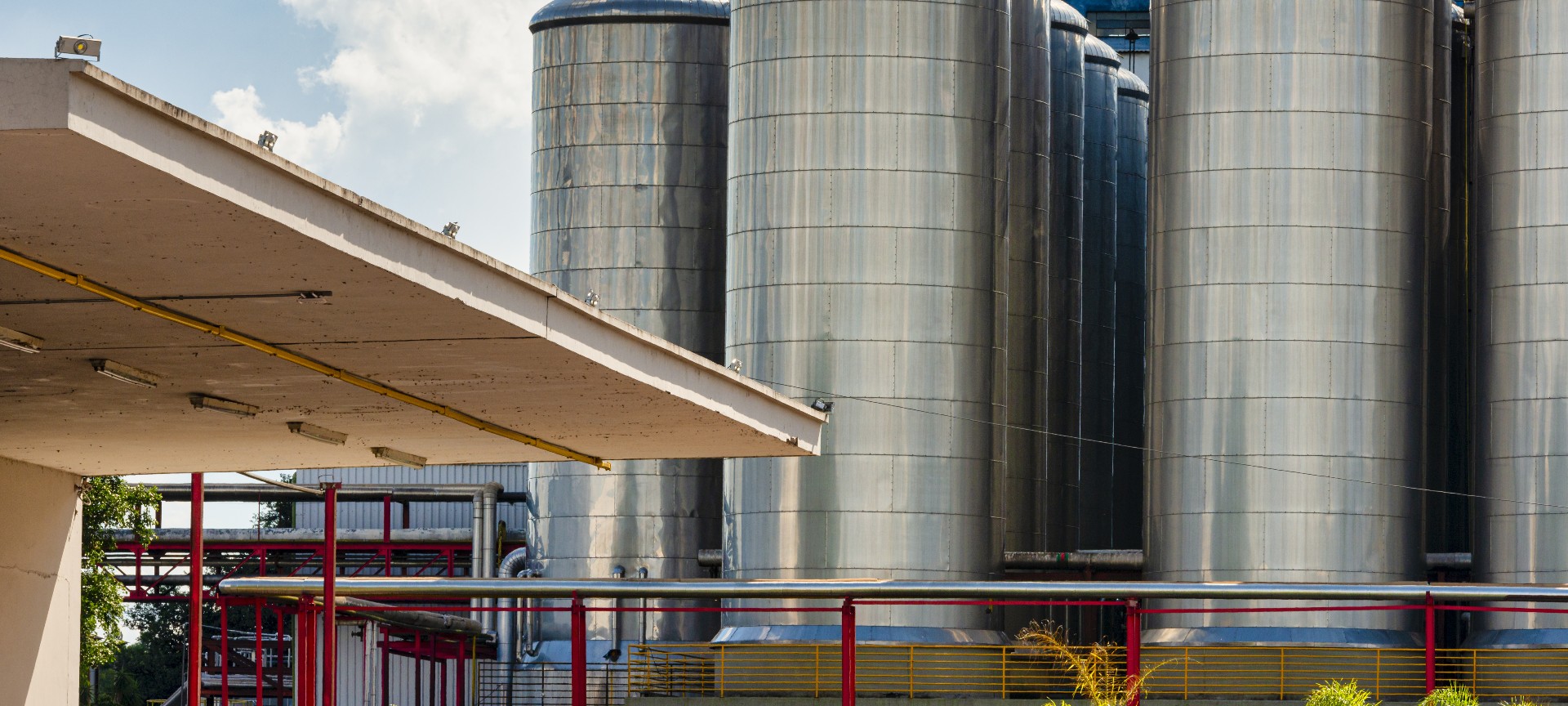Integrated process and design solution for malt production plant

Our client is amongst the world’s leading producers of malt. This new facility, set to be one of the company’s largest, represents a US$90 million investment and is to be constructed right next door to a brewery of one of their major clients. Royal HaskoningDHV was awarded to develop the conceptual and basic design scope. This was done from the offices in Ho Chi Minh City, Vietnam, with support from the Rotterdam office in The Netherlands. The detailed design was prepared by the envisaged Design & Build contractor and was reviewed by Royal HaskoningDHV. The construction is set to start in 2021. In this stage Royal HaskoningDHV is involved as Project Management Consultant (PMC), supporting client on project managerial level.
Integrated plant design is key to a successful production process
Malt production involves controlled cleaning, steeping, germination, heating and storage of the barley during the preparation process. Humidity, temperature and time all affect the quality and stability in malts, which might significantly differ in flavour and colour if not properly adjusted. Successful control of these elements is therefore important for our client to guarantee a consistent quality, which is important in an industry with very stringent quality standards. “The coordination between our design and the design of the process supplier for major equipment such as silos, conveyor or vessels is the key to the project,” explained Gregory Luciani, Project Manager, Royal HaskoningDHV Vietnam. “Our biggest challenge was to fit the building’s shape, location and configuration to the need of the logistic and the process.”
Understanding how the technical specification of the buildings and the local conditions, such as temperature and humidity, impact with the outputs of the production was important. Our design included features enabling the re-use of hot air from the gas heating chambers with the possibility to add a heat recovery system in the future. Key to success was the integrated nature of our solution. Close collaboration with the main supplier based in Germany ensured seamless integration between civil and process designs. The plant is ideally located for deliveries by rail and has been designed to accommodate a future extension.
Multi-disciplinary input incorporated within single 3D model
Digital tools, 3D design and analysis incorporated inputs from all disciplines were merged into a single 3D model which was used to detect and resolve clashes before construction started. Parametric design tools ensured optimum positioning of pipe bridges. The international nature of the project required excellent communication and coordination with stakeholders based in various European countries and Mexico. It was managed and executed from our office in Vietnam and
carefully reviewed by our maltery experts in the Netherlands. A local partner ensured alignment of the design with local regulations and requirements.
The quality of our design and the technical support and leadership provided by our engineering and project management team added value for our client.
Discover more about delivering excellence in manufacturing and supply chain operations
Industry solutions





